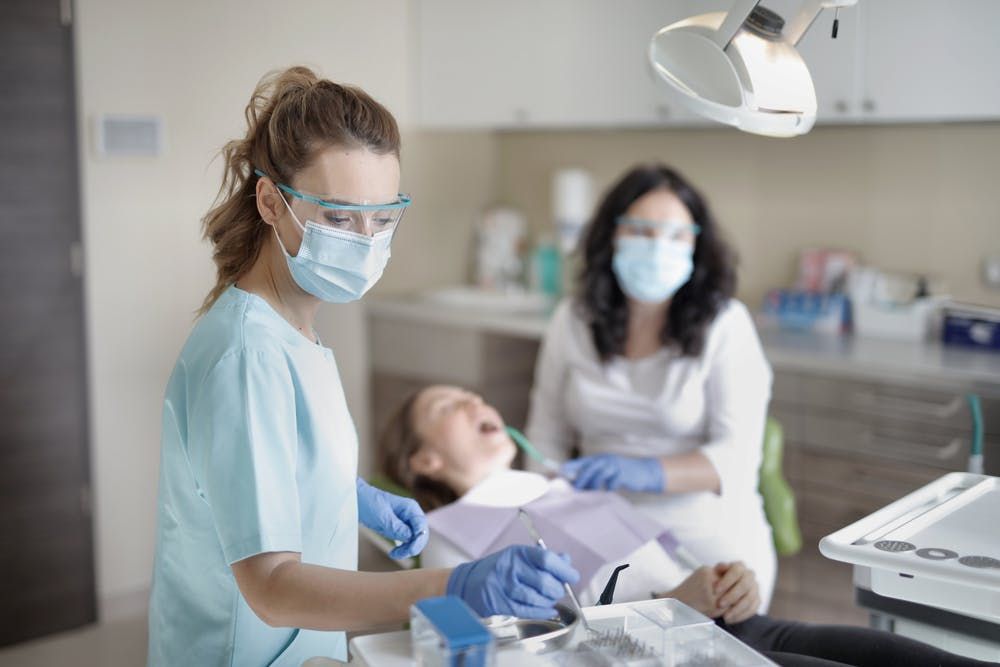Some Mouthwashes May Stop COVID-19 Transmission
To minimalize mouth rinse-associated cytotoxicity, mouth rinse was largely removed from treated viruses by centrifugation prior to infection of cells.

Investigators from Rutgers School of Dental Medicine have discovered that 2 types of mouthwashes may have the potential to disrupt the COVID-19 virus from replicating in human cells. Results from the recent study were published in the journal Pathogens.
"As dentists, we're right there in a patient's face,” Eileen Hoskin, an assistant professor at Rutgers School of Dental Medicine and co-author on the study said. “We wanted to know if there's something that might lower the viral load.”
The investigators behind the study conducted the experiment in a lab using different concentrations of mouthwash and the time which it would take to contact tissues in order to replicate conditions found in the mouth.
They found that 2 types of mouth wash, Listerine and the prescription mouthwash Chlorhexidine, were able to disrupt the virus within just seconds. Additionally, 2 other types of mouthwash showed promise for potentially providing protection in preventing viral transmission. These 2 were Betadine, which contains povidone iodine, and Peroxal, which contains hydrogen peroxide.
However, only Listerine and Chlorhexidine disrupted the virus and provided a protective barrier, while having a small amount of impact on skin cells inside of the mouth.
Though the findings may have potential and be of importance, the authors of the study caution the public against relying solely on mouthwash as a way to slow the spread of the virus.
"The ultimate goal would be to determine whether rinsing two or three times a day with an antiseptic agent with active anti-viral activity would have the potential to reduce the ability to transmit the disease,” Daniel H. Fine, the senior author on the paper said. “But this needs to be investigated in a real-world situation.''
The study was the first of its kind to examine which concentrations of antiseptic were needed when rinsing, the time of contact needed and the skin-cell killing properties that simulated oral conditions. The study was initiated because the investigators wanted to better understand how dental providers can be protected from aerosols exhaled by patients.
